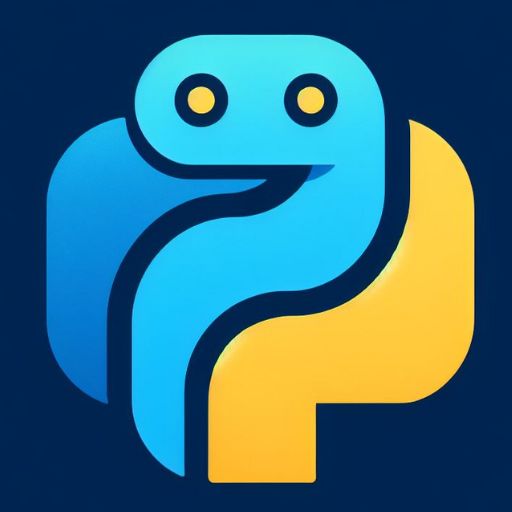
Welcome to our blog post about Flask, a popular lightweight web framework for Python. Flask is known for its simplicity, flexibility, and ease of use. In this article, we will dive deep into Flask and explore its key features and advantages.
Introduction to Flask
Flask is a micro web framework written in Python. It was developed by Armin Ronacher and was initially released in 2010. The main goal of Flask is to provide a simple yet powerful framework for building web applications. It follows the principles of the Model-View-Controller (MVC) architectural pattern, making it easy to structure and organize your code.
Key Features of Flask
Flask comes with several key features that make it a popular choice among developers:
- Lightweight and minimalist: Flask is designed to be lightweight and has a minimalistic core. It provides only the essential components needed to build a web application, allowing developers to add additional functionalities as needed.
- Routing: Flask offers a powerful routing system that maps URLs to Python functions. This makes it easy to define different routes for handling different requests and creating RESTful APIs.
- Template Engine: Flask comes with a built-in template engine called Jinja2. It allows developers to separate the presentation logic from the business logic, making it easier to maintain and modify the application's UI.
- Integration with other technologies: Flask can be easily integrated with other popular Python libraries and frameworks, such as SQLAlchemy for database management, WTForms for form handling, and more.
- Extensibility: Flask provides a flexible extension system that allows developers to add extra functionalities to their applications. There are numerous Flask extensions available, covering a wide range of areas such as authentication, caching, and testing.
Getting Started with Flask
To start using Flask, you first need to install it. You can install Flask using pip, the package installer for Python. Open your terminal and run the following command:
$ pip install flask
Once Flask is installed, you can create a new Flask application by writing a few lines of code. Here's a simple example:
from flask import Flask
# Create an instance of the Flask class
app = Flask(__name__)
# Define a route and a view function
@app.route('/')
def index():
return 'Hello, Flask!'
# Run the application
if __name__ == '__main__':
app.run()
In the code above, we import the Flask class from the flask module and create an instance of it. We then define a route using the @app.route() decorator and associate it with a view function. The view function returns the response to be sent back to the client. Finally, we run the application using app.run().
Conclusion
Flask is an excellent choice for developers who want to build web applications using Python. Its simplicity, flexibility, and powerful features make it a popular framework in the Python community. Whether you are a beginner or an experienced developer, Flask can help you create web applications with ease.
In this blog post, we explored the key features of Flask and provided a brief introduction to getting started with it. We hope this article has given you a good understanding of Flask and its capabilities. Happy coding!
Some Other Popular Python Libraries and Frameworks


0 Comments